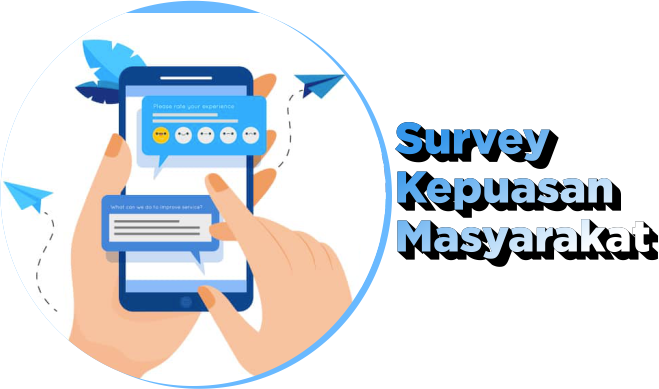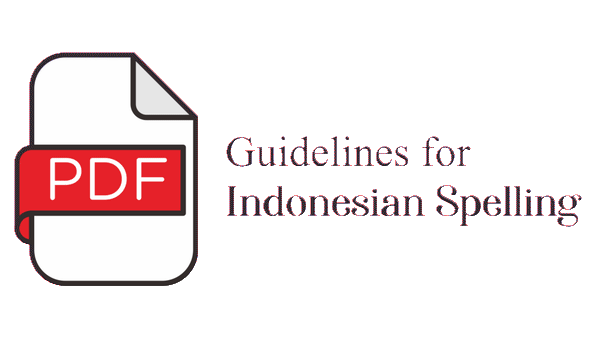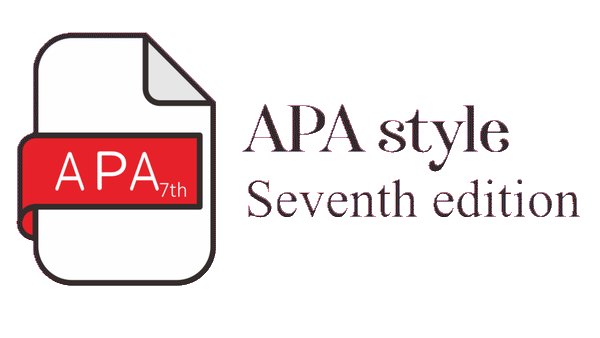PERUBAHAN SOSIAL MASYARAKAT NELAYAN KECAMATAN SUNGAI APIT AKIBAT REKAYASA SOSIAL PANDEMI COVID-19
Abstract
Pandemi Covid-19 disikapi dengan berbagai bentuk rekayasa sosial, seperti pembatasan sosial berskala besar dan menengah, kebijakan sekolah dan bekerja dari rumah, serta penerapan protokol kesehatan. Hal tersebut melahirkan perubahan sosial yang direncanakan dengan hasil akhir yang diharapkan adalah terputusnya mata rantai penyebaran Covid-19. Tujuan penelitian ini adalah (1) mengidentifikasi faktor penggerak perubahan sosial, (2) mengidentifikasi rekayasa sosial (program pemerintah) yang diterima masyarakat nelayan Kecamatan Sungai Apit pada masa pandemi Covid-19, dan (3) mengidentifikasi bentuk perubahan sosial masyarakat nelayan Kecamatan Sungai Apit akibat pandemi Covid-19. Metode yang digunakan dalam penelitian ini adalah pendekatan kualitatif. Teknik pengumpulan data primer yang dilakukan adalah in-depth interview dengan informan kunci serta studi literatur untuk mengumpulkan data sekunder terkait indikator perubahan sosial. Metode analisis data yang digunakan adalah deskriptif kualitatif. Hasil analisis menunjukan bahwa faktor penggerak perubahan sosial berasal dari eksternal masyarakat/faktor eksogen, yakni program dan kebijakan pemerintah (BLT Covid-19, PSBB, serta pemberlakuan sekolah dan bekerja dari rumah) sebagai bentuk rekayasa sosial yang memengaruhi perubahan sosial masyarakat nelayan. Bentuk perubahan sosial yang terjadi adalah perubahan jenis kegiatan produktif, tingkat kesejahteraan, dan budaya atau gaya hidup masyarakat. Rekayasa sosial pada masa Covid-19 tidak menyebabkan perubahan pada struktur masyarakat nelayan, tetapi perubahan pada budaya masyarakat.
Title: Social Changes Of Fisheries Community In Sungai Apit Subdistrict Due To Pandemi Social Engineering Covid-19
The Covid-19 pandemic has been addressed with various forms of social engineering such as large and medium-scale social restrictions, school policies and work from home and the application of health protocols. This gave birth to planned social changes with the expected end result being the discontinuation of the chain of the spread of Covid-19. The objectives of this study were (1) to identify the driving factors for social change, (2) to identify social engineering (government programs) received by the fishers community of Sungai Apit Subdistrict during the Covid-19 pandemic and (3) identify the form of social change in the fishers community of Sungai Apit Subdistrict due to the Covid-19 pandemic and the accompanying social engineering. The method used in this research is a qualitative approach. The primary data collection technique was in-depth interviews with key informants and a literature study was conducted to collect secondary data related to indicators of social change. The method of data analysis is descriptive qualitative. The results of the analysis show that the driving factors for social change come from external community/exogenous factors, namely government programs and policies (BLT Covid-19, PSBB and implementation of school and work from home) as a form of social engineering that affects social change in fishers communities. The form of social change that occurs is a change in the type of productive activity, the level of welfare and the culture or lifestyle of the community. Social engineering during the Covid-19 period did not cause changes to the structure of the fishers community, but rather a change in the culture of the community.
Keywords
Full Text:
PDFReferences
Alimah, S., & Mudjiono, M. (2020). Kajian penerapan rekayasa sosial dengan pendekatan berbasis
masyarakat terhadap rencana pembangunan RDNK. Jurnal Pengembangan Energi Nuklir, 21(2), 63. doi:10.17146/jpen.2019.21.2.5654
Bottema, M. J. M., Bush, S. R., & Oosterveer, P. (2021). Assuring aquaculture sustainability beyond the farm. Marine Policy, 132 (October 2020), 104658. doi:10.1016/j.marpol.2021.104658
Coughenour, C. M., & Applebaum, R. P. (1972). Theories of social change. Contemporary Sociology, 1(4), 330. doi:10.2307/2063504
De Beukelaer, C. (2021). COVID-19 border closures cause humanitarian crew change crisis at sea. Marine Policy, 132 (October 2020), 104661. doi:10.1016/j.marpol.2021.104661
Disman, D., Ali, M., & Syaom Barliana, M. (2017). The use of quantitative research method and statistical data analysis in dissertation: An evaluation study. International Journal of Education, 10(1), 46. doi:10.17509/ije.v10i1.5566
Greenwood, J., & Guner, N. (2011). Social change. Handbook of Contemporary China, 3485, 51–89. doi:10.1142/9789814350099_0003
Gunawan, H., Suryadi, K., & Malihah, E. (2015). Analisis perubahan sosial budaya masyarakat Desa Cihideung sebagai desa wisata. Sosietas, 5(2). doi:10.17509/sosietas.v5i2.1524
Gundelund, C., & Skov, C. (2021). Changes in angler demography and angling patterns during the Covid-19 lockdown in spring 2020 measured through a citizen science platform. Marine Policy, 131 (May), 104602. doi:10.1016/j. marpol.2021.104602
Herdiana, D. (2019). Dampak pembangunan perumahan terhadap perubahan sosial masyarakat desa (studi kasus di Desa Jayamekar, Kabupaten Bandung Barat). Jurnal Pembangunan Wilayah & Kota, 14(4), 265. doi:10.14710/pwk.v14i4.20444
Hikmah, H. (2018). Reklamasi di Teluk Jakarta dan perubahan sosial pada masyarakat nelayan di Cilincing Jakarta Utara. Jurnal Kebijakan Sosial Ekonomi Kelautan dan Perikanan, 8(1), 1. doi:10.15578/jksekp.v8i1.6849
Lumintang, J. (2015). Pengaruh perubahan sosial terhadap kemajuan pembangunan masyarakat di Desa Tara-Tara I. Acta Djurna, 4(2) .
Kadfak, A., & Linke, S. (2021). Labour implications of the EU’s illegal, unreported and unregulated (IUU) policy in Thailand. Marine Policy, 127 (July), 104445. doi:10.1016/j.marpol.2021.104445
Keputusan Menteri Kesehatan Republik Indonesia Nomor HK.01.07/Menkes/216/2020 tentang Penetapan Laboratorium Pemeriksa. (2020).
Longaray, A. A., De Deus Rodrigues Gois, J., & Da Silva Munhoz, P. R. (2015). Proposal for using AHP method to evaluate the quality of services provided by outsourced companies. Procedia Computer Science, 55 (Itqm), 715–724. doi:10.1016/j.procs.2015.07.083
Pohan, B., & Gunawan, W. (2019). Proses sosial sebagai akar sublimasi masyarakat pedesaan. Simulacra, 2(2), 133–147. doi:10.21107/sml.v2i2.6040
Purnama, T. D., Juliansyah, V., & Chainar. (2020). Pandemi Covid-19, perubahan sosial dan konsekuensinya pada masyarakat. Ilmu Sosial Dan Humanior, 25(1), 61–80.
Qomarudin. (2013). Perubahan sosial dan peran masyarakat dalam pengembangan kawasan wisata Kepulauan Karimun Jawa. Journal of Educational Social Studies, 2(1), 41–46.
Septikawati, I., & Triana Habsari, N. (2014). Perubahan sosial kaum perempuan samin di Desa Klopoduwur Kecamatan Banjarejo Kabupaten Blora tahun 1995-2012. Agastya: Jurnal Sejarah dan Pembelajarannya, 4(02), 113. doi:10.25273/ ajsp.v4i02.831
Umanailo, M. C. B. (2019). Struktur perubahan sosial dalam masyarakat industri. October. doi:10.31219/osf.io/75rwj
Yoga, S. (2019). Perubahan sosial budaya masyarakat indonesia dan perkembangan teknologi komunikasi. Jurnal Al-Bayan, 24(1), 29–46. doi:10.22373/albayan.v24i1.3175
DOI: http://dx.doi.org/10.15578/jsekp.v17i1.9456
Indexed by:
-------------------------------------------------------------------------------------
Published by
Research Center for Marine and Fisheries Socio-Economic
in collaboration with
Indonesian Marine and Fisheries Socio-Economics Research Network

This work is licensed under a Creative Commons Attribution-NonCommercial-ShareAlike 4.0 International License.



















